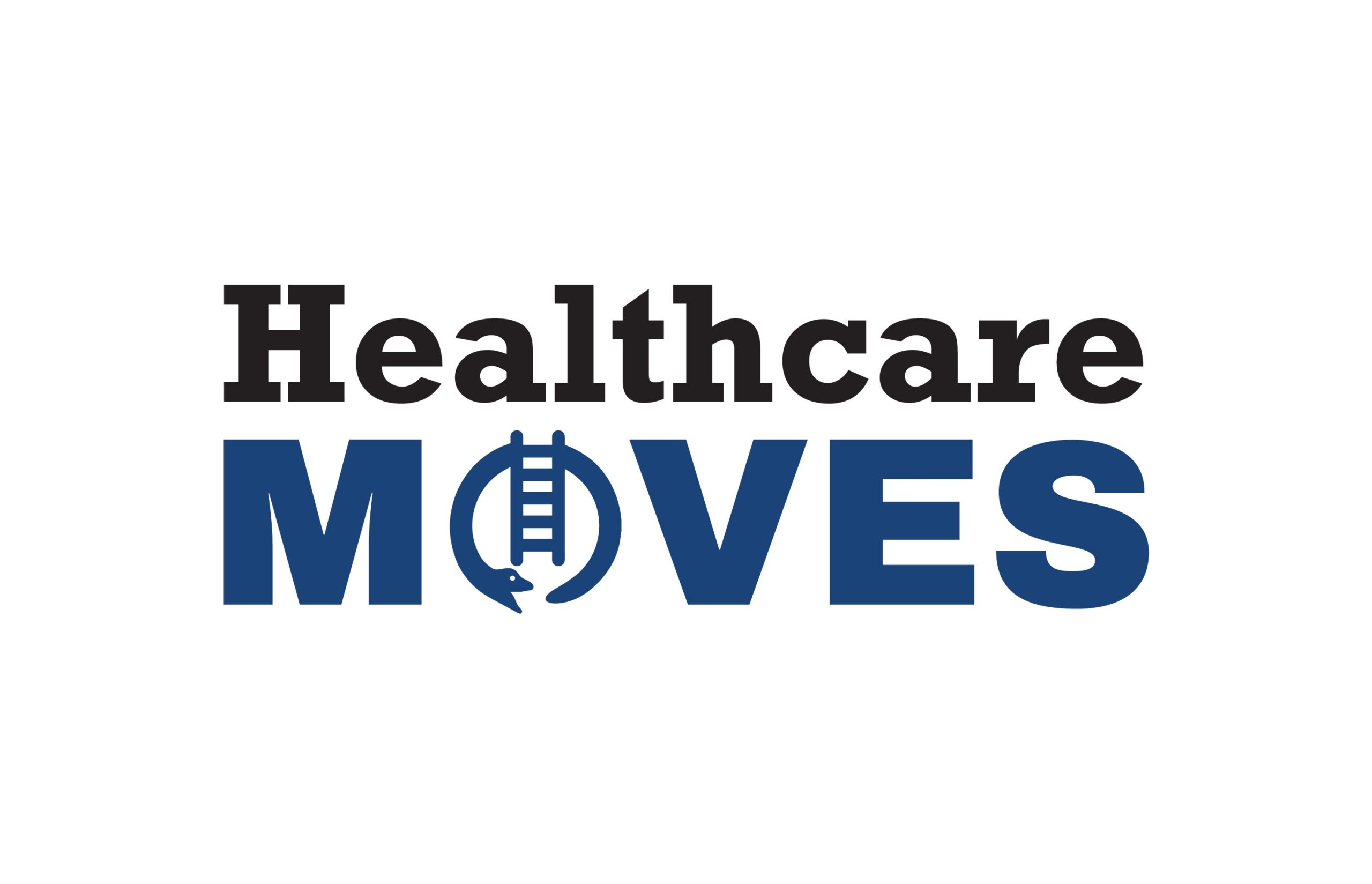If hospitals want to win in the game of digital transformation, they have to start thinking a bit more like Netflix and Amazon, according to Sara Vaezy, Providence’s chief strategy and digital officer.
“In every industry, especially those that are making a digital transformation, being close to your end user really matters. In our case, it’s the patient. But the way that hospitals have traditionally thought about this relationship is very hospital-centric — like we’re the center of the universe. But that doesn’t really build a close relationship, especially now as patient and consumer preferences are changing,” she said during an interview this week at Oliver Wyman’s Health Innovation Summit in Chicago.

With the Rise of AI, What IP Disputes in Healthcare Are Likely to Emerge?
Munck Wilson Mandala Partner Greg Howison shared his perspective on some of the legal ramifications around AI, IP, connected devices and the data they generate, in response to emailed questions.
The average healthcare consumer uses five different healthcare brands a year, Vaezy pointed out. For instance, they get the primary care wherever they can, they might go to a standalone clinic for urgent care needs, and they may use a pharmacy delivery service, she said.
These different touchpoints are completely decentralized, so it’s silly for hospitals to hang on to the notion that they are the center of Americans’ healthcare experiences. In order for health systems to “not be commoditized fully,” they need to get to know their patients’ behaviors better, Vaezy argued.
“The workforce shortage makes it even harder for us to deliver care at scale, so we need something like self-service options. We need to have that relationship with patients. We have an overarching thesis that we need to innovate at the ends of the value chain — we need to bring ourselves closer to our consumers,” she declared.
Health systems can work on this by learning more about their patients’ preferences and finding ways to sustain engagement in patient relationships. Vaezy noted that while this may seem quite basic, most health systems “don’t know who the heck they care for.”
Most of the knowledge hospitals have about their patients comes from the EHR. If a patient doesn’t visit the health system for a year or two, that person “basically falls off the radar” — the health system doesn’t know anything about them other than maybe the last time they came in for a visit or who their primary care provider is, Vaezy said.
“Hospitals work with a very limited set of very transactional information, and that is not a good foundation for relationships. What we’re doing is working with this concept to build a platform around identity-driven engagement,” she explained.
Vaezy pointed to Amazon Prime as a good example of a company that provides its users with a deeply personalized experience. No matter where a person is, they can log into their account and be met with a bespoke homepage — one that takes into account their purchasing patterns, demographics and lifestyle.
Hospitals need to figure out a way to connect to their patients on that level, Vaezy declared.
But to do so, hospitals will need to collect more data on their patients. Providers must take extreme care to collect and use this data responsibly, Vaezy noted. For example, third-party tracking tools like Meta Pixel and Google Analytics can give hospitals insight into the way their patients behave online, but the federal government has warned providers that the use of these tools often violates HIPAA.
Providence has started to collect online data from its patients using its own trackers, making sure that patients give their consent and know how their data is being used, Vaezy explained. Once the health system learns more about who their patients are and what their preferences look like, it can start to build more effective engagement strategies. This is an approach that consumer brands have been using for years, and it’s time healthcare providers commit to this type of deep knowledge of their end users, too, she argued.
Photo: smartboy10, Getty Images















